#mary haskell
Explore tagged Tumblr posts
Text

December 28, 1922
Beloved Prophet: The Love Letters of Kahlil Gibran and Mary Haskell and Her Private Journal
#kahlil gibran#mary haskell#december#love letters#december 28#quote#literature#academia#dark academia#lit#light academia#booklr#words#books and libraries#reading#quote of the day#bookworm#book quotes#bibliophile
815 notes
·
View notes
Text

Kahili Gibran to Mary Haskell (1917)
#kahil gibran#mary Haskell#art#quotes#letter#literature#muse#malluwriting#painful#darkness#flower#wellness#writings#dark academia
21 notes
·
View notes
Text
Nothing you become will disappoint me; I have no preconception that I’d like to see you be or do. I have no desire to foresee you, only to discover you.
Mary Haskell, written in a letter to Kahlil Gibran
235 notes
·
View notes
Text
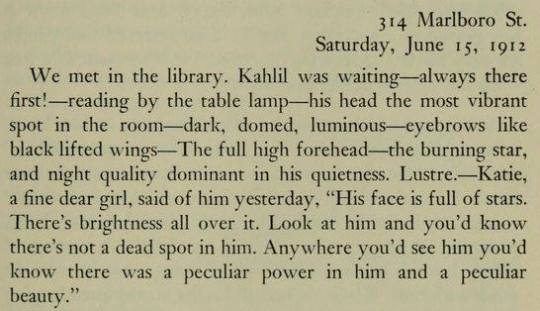
Beloved Prophet: The Love Letters of Kahlil Gibran and Mary Haskell
314 Marlboro St.
Saturday June 15, 1912
#kahlil gibran#mary haskell#beloved prophet#the love letters of kahlil gibran and mary haskell#excerpt#quote#quotes#quotation#letters#stars#his face is full of stars
21 notes
·
View notes
Text
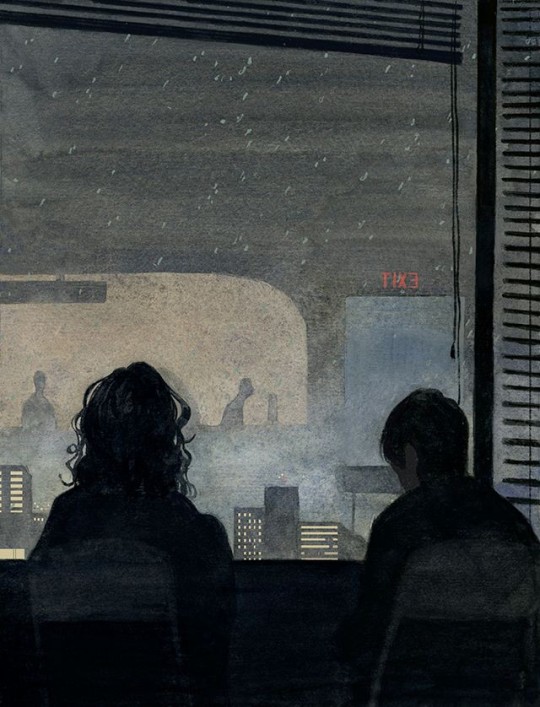

"....there are other worlds一remote, lonely, silent, far一of strange delicious life. Let us go.
- Kahlil Gibran, in a letter to Mary Haskell, from Beloved Prophet: The Love Letters of Kahlil Gibran and Mary Haskell, and her Private Journal.
#kahlil gibran#quotes#dark academia#aesthetic#art#dark acadamia aesthetic#Mary haskell#yearning#pinterest#self writings
18 notes
·
View notes
Text
Cibran Halil Cibran'ın Babasının Ölümü Üzerine Mary Haskell'e Yazdığı Mektup
23 Haziran 1909 Sevgili Mary – Paris Babamı kaybettim sevgili Mary. Altmış beş yıl önce doğduğu eski evde hayatını kaybetti. Son iki mektubunu her okuduğumda acı acı ağlıyorum. Arkadaşları, son nefesini vermeden önce beni afettiğini yazdılar. Artık biliyorum ki, sevgili Mary, o, Tanrı’nın bağrında yatmaktadır. Yine de üzüntünün ve pişmanlığın acısını hissetmekten kendimi alamıyorum. Ölümün o…
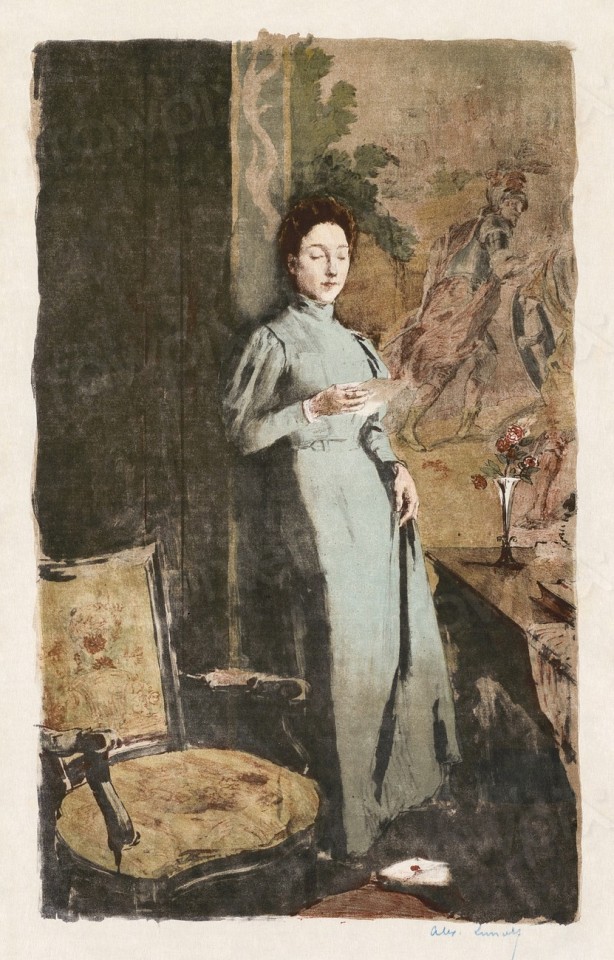
View On WordPress
0 notes
Text
When Khalil Gibran believed that “those who understand us enslave something in us,”
But he also said “I have found both freedom of loneliness and the safety from being understood"
This is one of the most profound acceptance of love in history
Often declarations of love are celebrated but accepting all the love someone is willing to give us is hard because as khalil said when we are understood, something in us belongs to them now.
But to find a love so liberating that you can say “I have found both freedom of loneliness and the safety from being understood, for those who understand us enslave something in us,” is incredibly rare
Mary Haskell was one hell of a woman
#love#reading#quotes#khalil gibran#mary haskell#love story#romeo and juliet#historical love#khalil gibran quotes#i hope someone gets to read one of our love stories
1 note
·
View note
Text
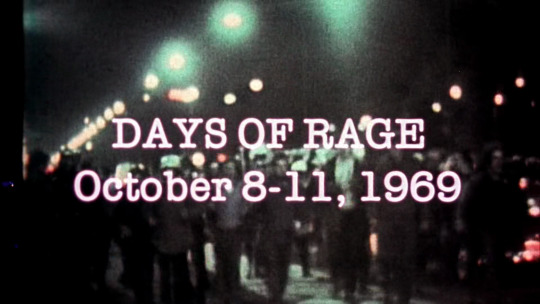
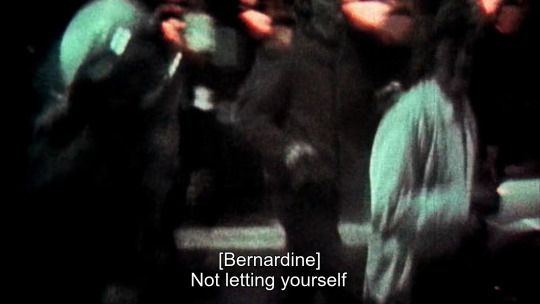
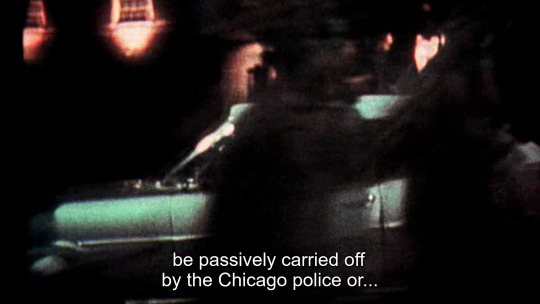
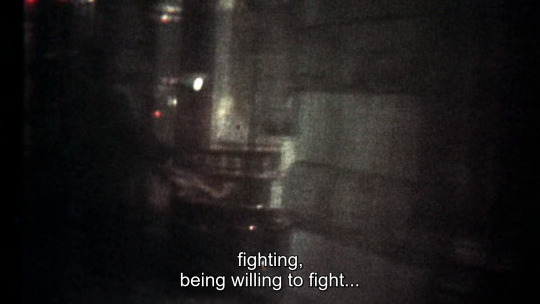
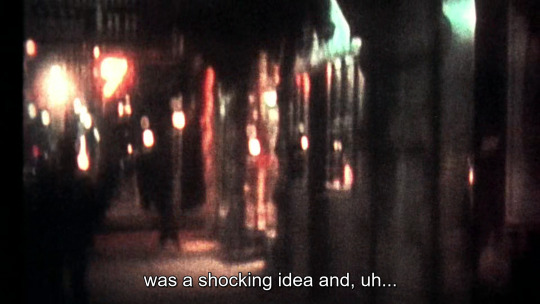

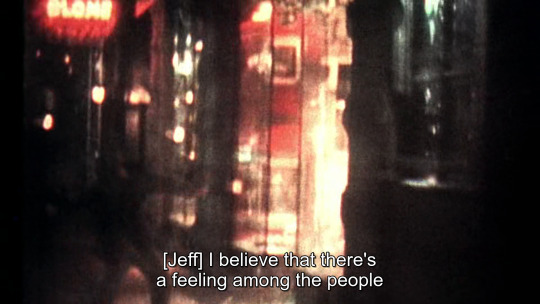
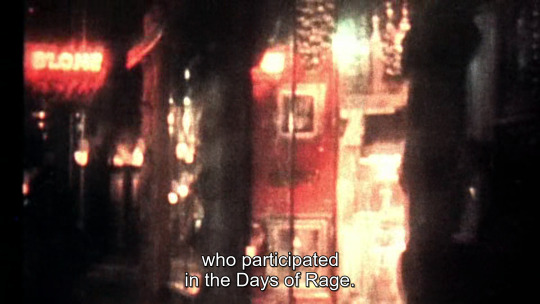
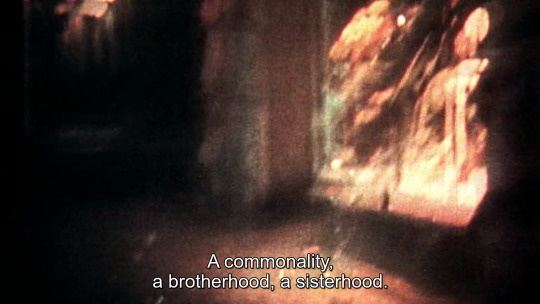
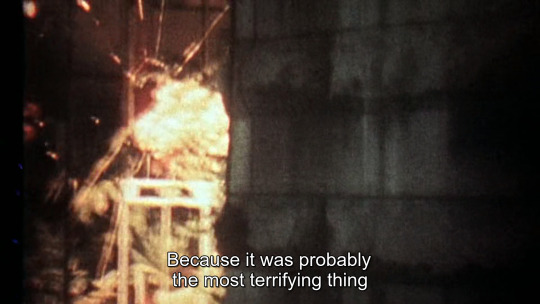
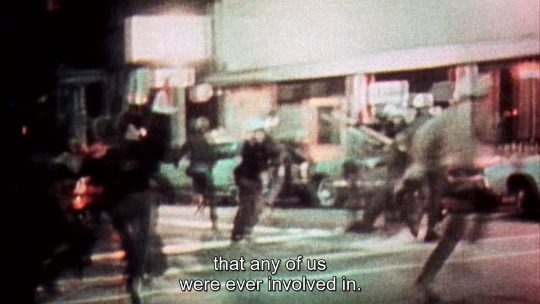
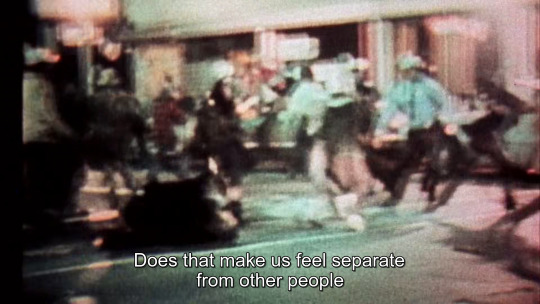

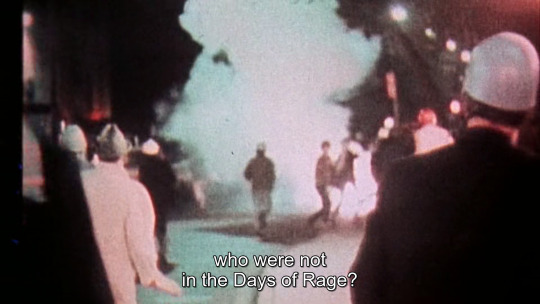
Underground (Emile de Antonio, Mary Lampson & Haskell Wexler, 1976).
#weather underground organization#underground (1976)#underground#emile de antonio#mary lampson#haskell wexler#weathermen#the weathermen
86 notes
·
View notes
Text

US Vogue April 1, 1953
Mary Jane Russell wears a Bianchini chiffon stole, petals over a paler pink chiffon draped dress. By Ceil Chapman. Delicate pink seed bead earrings, bracelet, by Miriam Haskell. Lipstick and nail polish; “Everything’s Rosy” by Revlon.
Mary Jane Russell porte une étole en mousseline Bianchini, pétales sur une robe drapée en mousseline rose plus pâle. Par Ceil Chapman. Boucles d'oreilles délicates en perles de rocaille roses, bracelet, par Miriam Haskell. Rouge à lèvres et vernis à ongles; "Everything's Rosy" de Revlon.
Photo Milton H. Greene vogue archive
#us vogue#april 1953#fashion 50s#spring/summer#printemps/été#ceil chapman#bianchini fabric#miriam haskell#revlon#everything rosy#mary jane russell#milton h. greene#vintage fashion#vintage vogue
14 notes
·
View notes
Photo
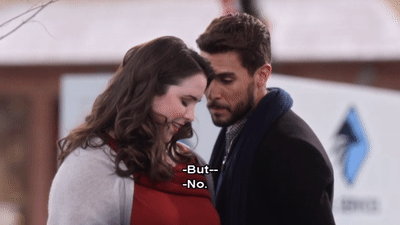

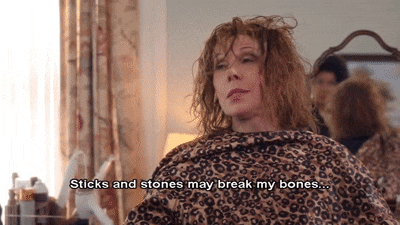
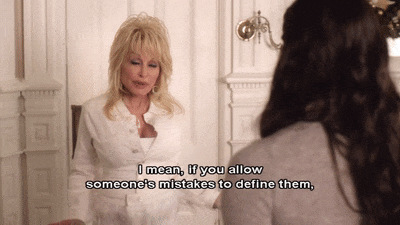

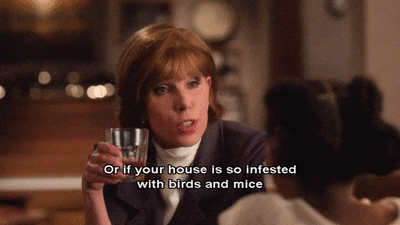
Christmas on the Square (2020)
#Christmas on the Square#2020#Dolly Parton#Josh Segarra#Mary Lane Haskell#Christine Baranski#Jenifer Lewis
11 notes
·
View notes
Text








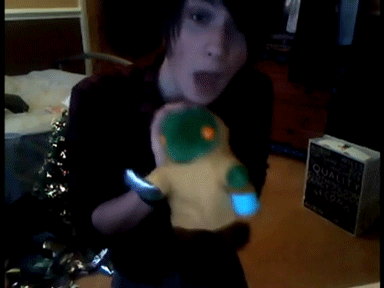


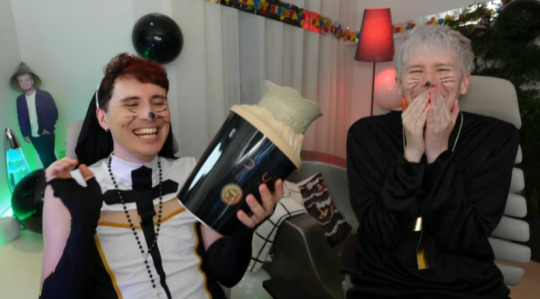









here's to fifteen years of christmas together <3
@/deloveusion \\ 'Friend Test' Summer in the City 2014 \\ "Grief Lessons: Four Plays" - Euripides \\ 12-10-2010 DailyBooth post by danisnotonfire \\ 04-18-2010 Tweet by danielhowell \\ @/starei \\ Dan's comment under "I TRY TO GIVE DAN A HAIRCUT!!" -AmazingPhil \\ @/slytherverse \\ deleted video "What did YOU get for Christmas" (originally posted to danisnotonfire 12-25-2009) \\ 10-20-2023 TikTok posted to AmazingPhil \\ @/nedsseveredhead \\ "DAN'S BIRTHDAY CHARITY STREAM!!" - DanAndPhilGAMES \\ @/rueyam \\ @/firstpinof \\ @/midnightcrisisstuff \\ 11-06-2009 DailyBooth post by phil \\ 11-01-2024 joint Instagram post to amazingphil & danielhowell \\ "In Every Universe" - Stephanie Valencia \\ "Basically I'm Gay" - Daniel Howell \\ Quote - Mary Haskell \\ "INTERACTIVE CHRISTMAS ADVENTURE - START HERE!" - AmazingPhil (captions have been removed)
#i dont know what possessed me to do this#sorry#i cried irl#daniel howell#phil lester#danandphil#dnp#phan#dan and phil#danisnotonfire#amazingphil#dip and pip#dan and phil games#tit tour#dan howell#danandphilgames#web weaving#web weave
3K notes
·
View notes
Text
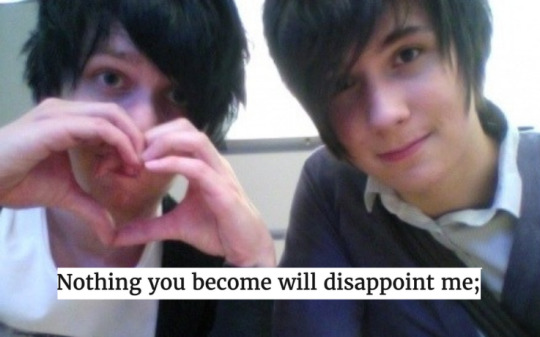

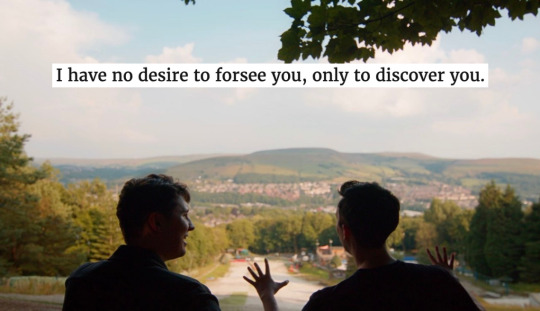
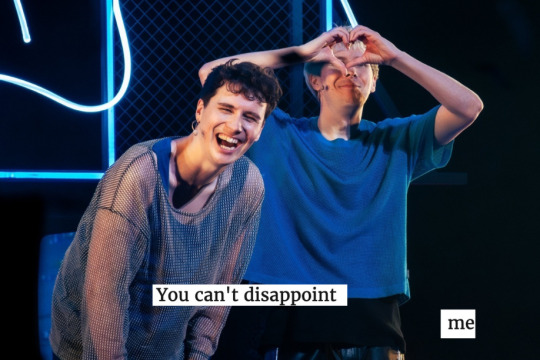
// nothing you become will disappoint me // mary haskell //
#im so fond of them#i fear it is terminal#dan and phil#phan#dnp#terrible influence tour#phil lester#dip and pip#dan howell#amazingphil#danisnotonfire#web weaving#i guess?#what does web weaving entail?#i worry i am not following the rules#celeste is being parasocial on main again#celeste is talking about herself in the third person in the tags someone help
315 notes
·
View notes
Text
It is like the resolution of greatest dissonances in great music. You know the use of that word resolution in music, don’t you? — so deep and beautiful. — And it is like the reconciliation of life. And do you know Reconciliation used in that way? To me it is one of the profoundest and fullest of our words.
Mary Haskell, written in a letter to Kahlil Gibran
17 notes
·
View notes
Quote
I simply can't relax. My mind is like a brook, always running, always seeking, always murmuring.
Kahlil Gibran, in a letter to Mary Haskell, from Beloved Prophet: The Love Letters of Kahlil Gibran and Mary Haskell, and her private journal
#Kahlil Gibran#motivation#quotes#poetry#literature#relationship quotes#writing#original#words#love#relationship#thoughts#lit#prose#spilled ink#inspiring quotes#life quotes#quoteoftheday#love quotes#poem#aesthetic
208 notes
·
View notes
Quote
I simply can't relax. My mind is like a brook, always running, always seeking, always murmuring.
Kahlil Gibran, in a letter to Mary Haskell, from Beloved Prophet: The Love Letters of Kahlil Gibran and Mary Haskell, and her private journal
#Kahlil Gibran#motivation#quotes#poetry#literature#relationship quotes#writing#original#words#love#relationship#thoughts#lit#prose#spilled ink#inspiring quotes#life quotes#quoteoftheday#love quotes#poem#aesthetic
221 notes
·
View notes
Text
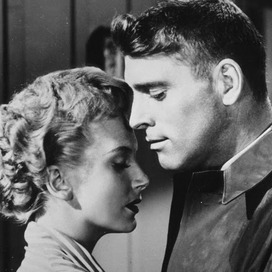

Deborah Kerr and Burt Lancaster (From Here to Eternity, The Gypsy Moths)—no propaganda submitted
Zasu Pitts and Thelma Todd (Let's Do Things, Catch as Catch Can)—[a Vanity Fair article was submitted that was paywalled, so I'm putting the text of it under the cut]
This is round 1 of a mini Christmas tournament. Each poll lasts for three days. If you'd like to send additional propaganda supporting your favorite hot couple, you can reblog this post with your propaganda added, send it to my asks, or tag me in it. To vote in all the polls, click here. Happy holidays!
[additional propaganda under the cut]
Pitts and Todd:
Here is the text of the Vanity Fair article that was submitted, written by Donald Liebenson:
Before Lucy and Ethel, Laverne and Shirley, or Mary and Rhoda, there were Thelma Todd and Zasu Pitts. Separately, they were journeymen character actors in 1930s Hollywood. Together, they became the first major female comedy team, appearing in shorts that found them bonded as friends and career women struggling to make it on their own—the Depression-era answer to Abbi and Ilana of Broad City.
Over a two-year period, they made 17 shorts rarely seen since their theatrical release—and now collected for Thelma Todd & Zasu Pitts: The Hal Roach Collection 1931-33, a two-DVD set. They’re revelatory viewing, progressive, and proto-feminist portrayals of two career girls in the big city, defiantly dependent on each other.
Hal Roach, the legendary producer who teamed up Stan Laurel and Oliver Hardy, envisioned Todd and Pitts as a female equivalent to his marquee stars. Blonde-bombshell Todd was a beauty queen plucked from Massachusetts by a talent scout and brought to Hollywood in the 1920s, where she primarily played comic relief in other people’s films. Kansas-born Pitts was a prolific character actress, so typecast as a comedienne that few directors took her seriously for dramatic roles (though her finest hours were in Erich von Stroheim’s epic, Greed). The contrast between them was more about character than looks. Todd was brash and confident, and Pitts a more dithery presence; think Olive Oyl.
“They have gumption; they’re unflappable,” explained Molly Haskell, film critic and author of the seminal book From Reverence to Rape: The Treatment of Women in the Movies. “They’re looking out for each other; you could just feel the value of the twosome. . . . They are modern women. Hopefully, they will rise to the top—but in the meantime, they’re just going to wing it and figure things out.”
The duo’s first short, Let’s Do Things, establishes their dynamic. Thelma and Zasu promote sheet-music sales in a department store. Pitts moons over her boyfriend, but a disapproving Thelma prompts her to remember why the two came to New York in the first place. “To advance ourselves, to meet the best people, and to do big things,” Pitts responds. By the end of the short, the boyfriend gets a pie in the face, courtesy of Todd.
“They’re always going to have each other’s back,” Haskell noted. “I don’t think there’s any of the shorts where they fight over a man.”
Todd and Pitts’s gender alone made them somewhat revolutionary in their day. Comedy teams were primarily the province of men: the Marx Brothers, the Three Stooges, Laurel and Hardy. “Slapstick was what men loved, and women didn’t because the whole core of it was tearing things up,” Haskell said. “It was chaotic and women wanted order. The defense of the domestic was a woman’s role . . . and slapstick violated the sense of order and decency and uprightness. They didn’t find it funny.”
But Todd and Pitts were both game for the physical stuff. In Let’s Do Things, Todd suffers a throw-about throttling from a quack osteopath; in the courtroom comedy Sneak Easily, juror Pitts throws a murder trial into chaos when she swallows a piece of the evidence—an explosive.
But in their best shorts (which, like the rest of their work, were written and directed by men), the mayhem is mostly in the service of a female narrative, observed film historian Jeanine Basinger. “It’s situational comedy,” she said. “If you’re going to make a plot centered around women, what the heck is she going to do just sitting around the house? They have to get out there in some way. . . . When you look at these films, what you see is what [the creators] thought was a good comedy female situation in that era. You have the chaos over Zasu’s hat in the boxing arena in Catch-as Catch-Can, the high-society party in which they are fish out of water in The Pajama Party, and the department-store melee in The Bargain of the Century. . . . The American woman on film is really a pretty active person, unless she is just stooging it in a male genre. Things have to happen to them, and they have to react. These shorts reflect that very clearly.”
More than 80 years on, the Todd-Pitts shorts play surprisingly well. Their appeal, talent, and chemistry elevate even the most dated material. “I like [Todd and Pitts] so much, and enjoy watching them,” said Leonard Maltin, author of the recently published anthology, Hooked on Hollywood: Discoveries from a Lifetime of Film Fandom and the essential 1970 book Movie Comedy Teams.
“I cannot tell a lie: the shorts are not all good. The gag men had a hard time coming up with suitable material that wouldn’t de-feminize them or make them look outlandishly unladylike, but [Todd and Pitts] play well today because [the characters] aren’t so different from two young women trying to make their way in the world in 2018. The struggles they have by and large tend not to be sexist. If they lose a job, they are comically inept, or it’s a blown opportunity.”
Max and Caroline of 2 Broke Girls, which ran for six seasons on CBS earlier this decade, could be the granddaughters of Thelma and Zasu. Beth Behrs, who played fallen privileged high-society woman Caroline, formed a formidable odd-couple relationship with Max (Kat Dennings), a street-smart waitress trying to start her own cupcake business. Their chemistry, Behrs said, was instant, and their real-life friendship informed their on-screen rapport over the show’s six seasons.
Though the actress was previously unfamiliar with Todd and Pitts, she watched a couple of their shorts on YouTube and saw a kinship with those aspirational woman. “It was important [Caroline and Max] were full-fledged women who really were entrepreneurs,” she said. “We never had a love interest for more than a season. It wasn’t about finding a man; it was about loving each other and building the business from nothing, and the two of them going after the American Dream together.”
For Todd and Pitts, the dream ended when Zasu left the team in 1933. Hal Roach replaced her with Patsy Kelly. Todd, who had appeared in some Laurel and Hardy shorts, is perhaps best known today for her two films with the Marx Brothers, Monkey Business and Horse Feathers. Her career was tragically cut short in 1935 when at the age of 29 she was found dead in her car. A grand jury ruled her death a suicide, but that did not explain bruises around her throat, a broken nose, and other injuries; her death remains one of Hollywood’s unsolved mysteries.
What do these 80-plus-year-old shorts have to tell us in 2018? “They show us what all old movies show us,” Basinger said. “They show us how it was, and they show us how it is. . . . We can see attitudes, we can see women out in the world doing things, having ideas and speaking out. And they show us how we are today.”
Two Broke Girls ended its run in 2017. Behrs currently stars with Max Greenfield and Cedric the Entertainer in another CBS comedy, The Neighborhood, about a white couple that moves into a predominantly black neighborhood. The first season’s initial episodes have already glimpsed the comic possibilities in her character’s relationship with her next-door neighbor (Cedric’s wife), played by Tichina Arnold. “There is an electricity between us,” Behrs said. “The writers saw it, and are exploring turning us into a Lucy and Ethel.”
71 notes
·
View notes